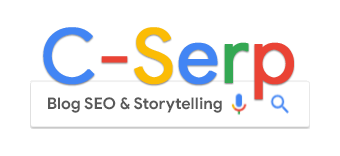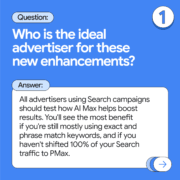AI Max: Google’s new AI ad tool, explained

Google has released a detailed Q&A for advertisers to clarify how its new AI Max tool works, addressing key questions around performance, control, and automation in search advertising.
With the rollout of AI Max, a suite of ad tools powered by generative AI and search intelligence, the company is pitching it as the future of automated, performance-driven search advertising.
What it does
AI Max uses Google AI to:
- Match your ads with more relevant searches – even ones you aren’t bidding on.
- Customize ad copy dynamically based on user intent.
- Send users to your most relevant landing pages automatically.
Questions asked by advertisers, answered by Google
Who should use AI Max? Advertisers running Search campaigns and haven’t switched fully to Performance Max.

Should you turn on all three functionalities? Not necessarily, but best performance is promised with all three toggles turned on.

How does A/B testing work with AI Max? You can compare campaigns with and without AI Max features using drafts and experiments.

How does AI Max prevent wasted spend? AI Max uses real-time signals to expand to traffic expected to perform based on your goals.

What impacts the creation of AI-generated assets? AI Max pulls from your existing ads, website content, and landing pages.

Will AI Max replace keyword targeting? Not entirely. Instead of replacing keywords, it expands and complements them.

What is keywordless technology? It’s Google’s way of using context and intent, rather than explicit keywords, to match your ads to relevant queries.

Why we care. Google has attempted to clarify what control and visibility you retain when using Google’s most advanced automation tools. These answers address key concerns like wasted spend, creative control, and keyword relevance, helping you make informed decisions about adopting AI Max for better performance without sacrificing brand safety.


